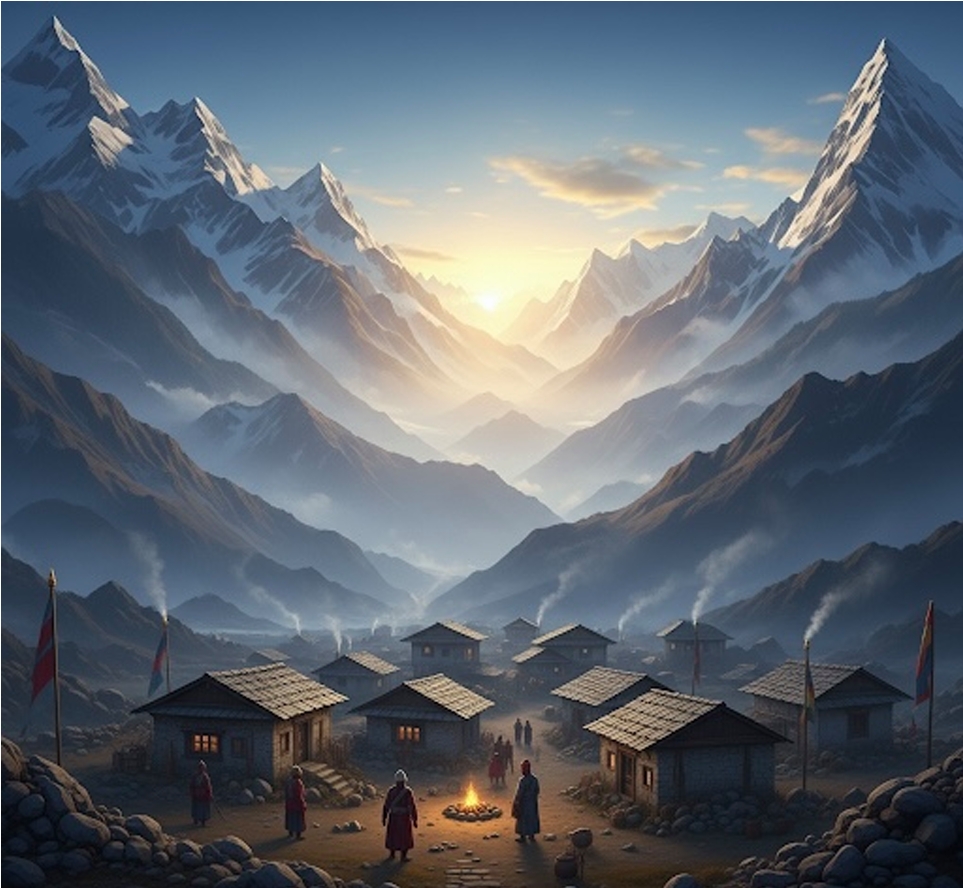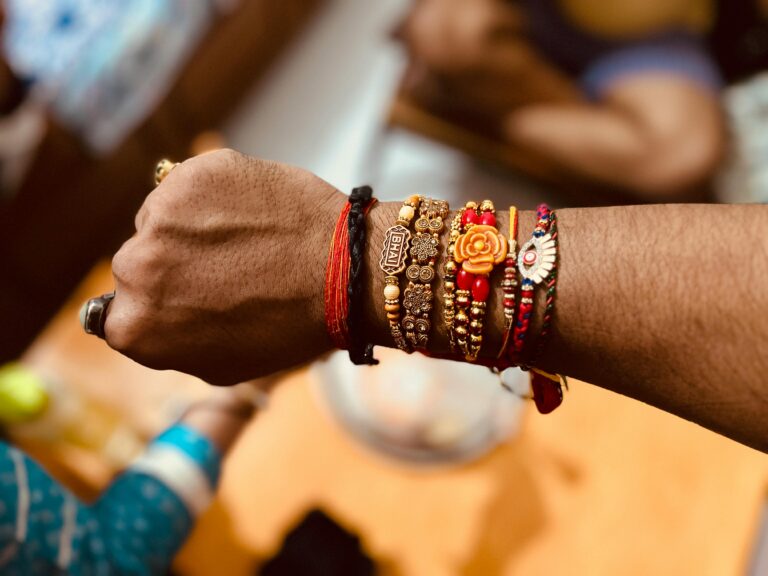Samabala- beyond Himalayas
Expanding on the legend of Sambhala, its
significance is far-reaching and deeply embedded
in a variety of global spiritual traditions. While
often associated with the Himalayas, the concept
of this hidden sanctuary or “pure land” has been
interpreted and adapted across different cultures
.
In the Buddhist tradition, particularly within the
Kalachakra Tantra, Sambhala is a mythical
kingdom where a lineage of enlightened rulers
preserves a secret teaching. This prophesied
kingdom is a place of peace and wisdom, where
the inhabitants are said to be immune to suffering,
want, or old age. It is believed that when the world
declines into a state of war and greed, the 25th
king of Sambhala will emerge to lead a final battle
against evil and usher in a new golden age.
Drawing from Hindu traditions, Sambhala is
mentioned in texts like the Vishnu Purana, where it
is prophesied to be the birthplace of Kalki, the
final incarnation of Lord Vishnu. Kalki is destined
to appear at the end of the current age, the Kali
Yuga, to restore righteousness (Dharma) and begin
a new era. This connection links Sambhala to the
cyclical nature of time and the preservation of
spiritual truth.
The immortal beings, or Siddha Purusha, you
mentioned are also a key part of these legends. In
various traditions, these are described as highly
evolved yogic masters and sages who reside in
hidden realms like Sambhala or Siddhashram in
the Himalayas. They are said to live for thousands
of years, guiding the spiritual destiny of humanity
from a plane of existence that is beyond the reach
of ordinary people. The tales of figures like
Hanuman and Ashwatthama residing in such
places connect these mythical realms to the wider
canon of Indian epics, where these characters are
cursed or blessed with immortality. Hanuman, in
particular, is an example of an immortal being
whose devotion and power are widely revered,
while Ashwatthama’s immortality is often
described as a curse.
The concept of Sambhala has also inspired
Western literature, most notably in James Hilton’s
novel Lost Horizon, where he re-imagined the
kingdom as Shangri-La, a utopian valley cut off
from the world where people live in peace and
harmony. This interpretation brought the legend to
a global audience and solidified its place in
modern folklore as a symbol of an earthly
paradise.
“While writing my third book, ‘The Luminous
Thread’, I created a protagonist named Arjun, who
is guided by an inner voice to explore the divine
connection. His journey takes him to the
Himalayas, a place believed to hold the secrets of
the universe. According to legend, those who seek
to understand the divine power will find solace in
the Himalayas.
The story unfolds in chapters 10 and 11, where
Arjun’s trek to the peak leads him to fall into a
deep ice pit. Upon regaining consciousness, he
finds himself surrounded by beings who appear
human-like but with distinct physical
characteristics. They communicate in a language
Arjun can’t comprehend, until an elderly member
of the group engages him in a conversation,
revealing that they reside in a place called
Sambala.
I
published my book in mid-March 2025.
Interestingly, just a couple of days ago, I
discovered that Sambala, also known as sambhala,
is a real location in the Himalayas. According to
myth, this is where the immortal Hanuman and
Ashwatthama reside. What’s remarkable is that in
my book, Arjun meets Bhagwan Shiva at the peak
of Sambala. This coincidence leaves me with a
sense of awe, wondering if the events I wrote
about might be more than just fiction. I attribute
this experience to divine grace and a miracle.”







